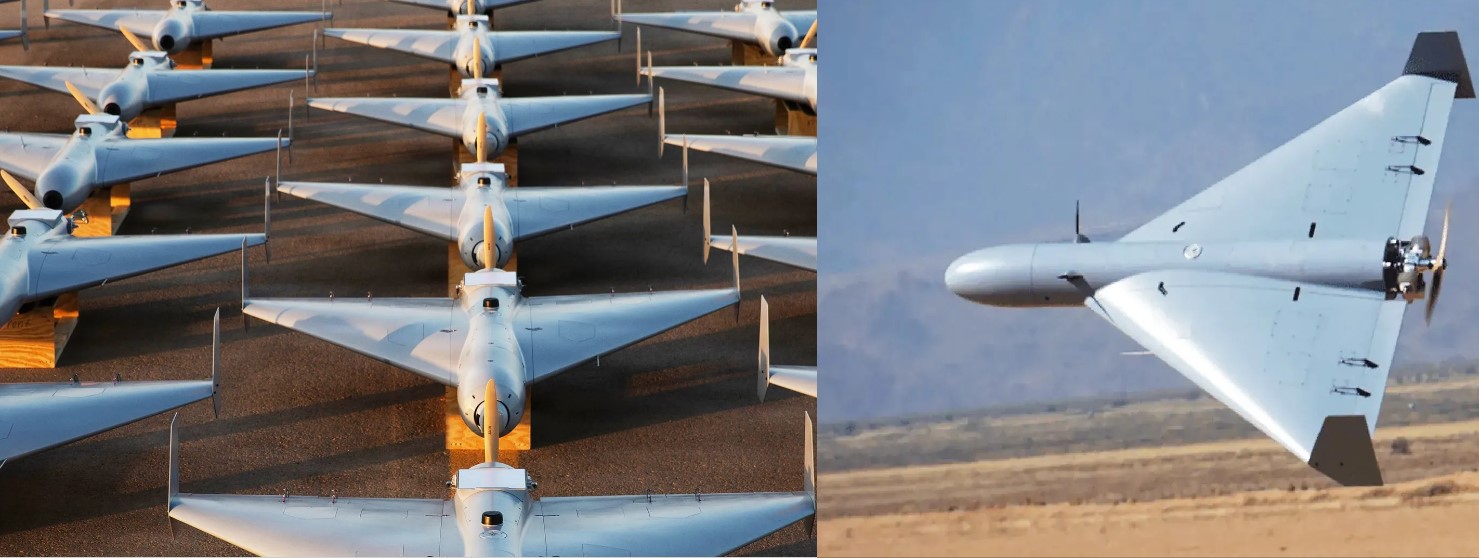Indian Army Issues RFP for 30 Passive Surveillance Suite & Detection Systems to Boost Indigenous ELINT Capabilities

New Delhi, August 2025 – In a decisive move to strengthen its surveillance and reconnaissance infrastructure, the Indian Army has issued a Request for Proposal (RFP) for the procurement of 30 Passive Surveillance Suite & Detection Systems (PSS&DS) under the Buy (Indian) category. This initiative highlights the Army’s increasing emphasis on indigenous defence solutions and the need to bolster electronic intelligence (ELINT) and air defence surveillance capabilities.
What the Passive Surveillance Suite Does
The Passive Surveillance Suite & Detection System is a highly advanced electronic system that enables the Army to:
-
Detect, intercept, locate, identify, and track both active and passive targets.
-
Monitor enemy radar emissions, communications, and electronic signatures without itself emitting signals, thus staying hidden.
-
Enhance air defence and battlefield situational awareness by silently collecting critical intelligence data.
The suite generally comprises Remote Receiving Stations (RRSs) deployed in forward areas and a Master Receive and Control Station (MRCS) that fuses data into a unified operational picture.
Key Features & Requirements
According to the RFP, the system must meet rigorous operational and technical standards to ensure reliable performance in combat conditions. Highlights include:
-
Multi-target tracking capability to handle simultaneous aerial and ground threats.
-
Long operational life of at least 20 years.
-
Protection against electromagnetic pulses (EMP) and battlefield electronic warfare conditions.
-
Lightning protection and ruggedisation for extreme weather and terrain.
-
Deployment adaptability for high-altitude zones, deserts, and maritime environments.
-
Two-year warranty and comprehensive product support, with assured maintenance and material availability for up to 20 years.
Operational Significance
Unlike conventional radars, passive surveillance systems operate without emitting detectable signals, making them extremely valuable for stealthy and continuous monitoring. This makes them especially effective against:
-
Stealth aircraft, which reduce their radar visibility but still emit electronic signatures.
-
Unmanned Aerial Vehicles (UAVs), whose communication links and control signals can be intercepted.
-
Electronic Warfare (EW) systems, enabling countermeasures and defensive tactics.
These systems will provide the Army with the ability to map enemy electronic order of battle (EOB) and improve real-time coordination of air defence assets like Akash SAM batteries and future long-range missile systems.
Indigenous Push under Buy (Indian)
This RFP falls under the ‘Buy (Indian)’ procurement category, meaning the systems must be designed, developed, and manufactured by Indian companies, with a preference for maximum indigenous content. Indian defence majors such as Bharat Electronics Limited (BEL), Data Patterns, Astra Microwave, and several private-sector firms with expertise in electronic warfare are expected to participate in the bid.
The initiative reflects the government’s Atmanirbhar Bharat vision and strengthens India’s ability to independently develop critical surveillance infrastructure without relying on imports.
Strategic Context
The timing of this procurement comes as India faces growing challenges in the Indo-Pacific and along its northern and western borders, where advanced aerial platforms and electronic warfare tactics are increasingly deployed by adversaries.
By acquiring these systems, the Army will be able to:
-
Strengthen early warning networks across sensitive regions.
-
Provide commanders with real-time electronic intelligence for faster decision-making.
-
Enhance jointness with the Air Force and Navy, enabling a tri-service surveillance grid.
The procurement of 30 Passive Surveillance Suite & Detection Systems represents a critical step in modernizing the Indian Army’s surveillance and intelligence-gathering infrastructure. By opting for indigenous systems under the Buy (Indian) category, the Army is not only enhancing operational capabilities but also reinforcing India’s self-reliance in defence technology.
Once deployed, these systems will significantly improve the Army’s ability to detect, track, and counter modern aerial threats, while providing a strategic edge in both conventional and electronic warfare environments.
✍️ This article is written by the team of The Defense News.






